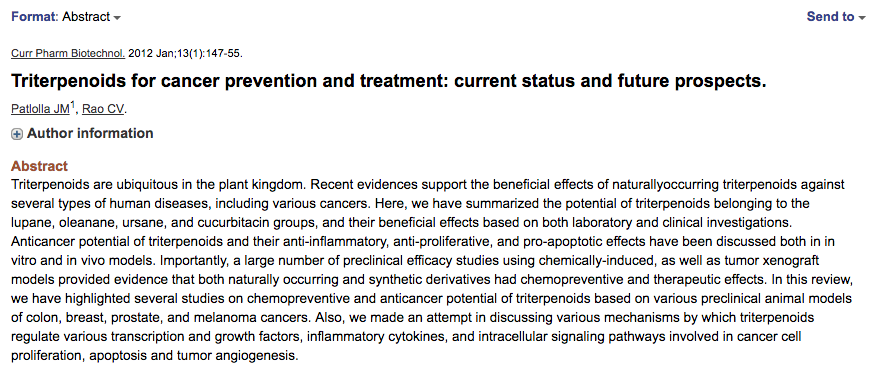Because we specialize in the health and wellness industry, we know all about our clients aches and pains. One of the biggest gripes is producing FDA-compliant health and wellness content that doesn’t read robotically, downplay your product benefits, or bore people.
Whether you post to Instagram, Facebook, and Pinterest or to your business blog, your content must comply with strict FDA and financial institution regulations. Plus, it has to engage customers and stand out in a sea of wellness products. After all, we are living in the age of self care.
If you’re having trouble marketing CBD, nutritional supplements, and/or other health and wellness products and services, we’re here to help. Here are our top tips to help you write better FDA-compliant health and wellness content that’s interesting and legal.
1) Use Disclaimers!
Whenever you talk about supplements, products, or services, you need to include a formal disclaimer. It’s also wise to preface medical topics with a recommendation for customers to consult their doctor before trying your products. This is especially true if your customers are pregnant, nursing, or taking other medications.

2) Never Recommend Anything Blatantly
Unless you went to medical school and have an M.D., you cannot recommend a homeopathic product. Never, ever! However, you can find a little loophole with the use of careful messaging.
For example, instead of saying, “We recommend so-and-so supplement,” say “We use so-and-so supplement every day and love it!” Subtle word changes can help keep you safe from breaking FDA compliance or finding your business in legal troubles.
3) Do Not Make Any Claims
The words “treat,” “prevent,” “cure,” and “reduce” are like George Carlin’s seven words you can never say on television—but for the health and wellness world.
These are forbidden in alternative medicine marketing! That’s because legally speaking, drugs are the only things that can cure, prevent, and alleviate symptoms of a disease or condition like arthritis, the flu, or high cholesterol. Instead of using these legally precarious words, opt for language like help, promote, and support instead. We also recommend always saying “can” and “may” before any statements, too.
4) Refer to Conditions, But Never Diseases
You may have noticed certain homeopathic wellness brands marketing to people with certain conditions like Crohn’s Disease, arthritis, cancer, or anxiety. This is bad—very, bad! And doing so could land you in hot water with the FDA.
In an abundance of caution, do not refer directly to disease. Instead, stick to talking about conditions that aren’t disease-related like stress, fatigue, chronic pain, and hot flashes. Then, talk about how your products may promote overall health.
5) Source Studies
We said it before and we’ll say it again, you cannot make medical claims unless you have a medical doctor license! White coat and all, people.
However, what’s totally legal and FDA compliant is sourcing studies to showcase information in an unbiased manner. For example, we often use studies from reputable universities and medical journals to communicate the medically proven benefits of health and wellness products. Use studies that have been published within the last three years for relevance and accuracy.

6) Be Careful With Hashtags and Linking Directly to Sales Pages
A lot of health and wellness clients—especially those selling anything containing CBD or medical cannabis—can get blacklisted from social platforms like Instagram and Facebook if your CTAs come off too salesy (since these products are legally murky). Stick to call to actions that don’t overly sell a product so your social media accounts and progress don’t go up in smoke. Also, make a middle man landing page between your social media ads and your product pages.
Protect your content from getting scrubbed from social platforms by hashtagging responsibly. Never post the same hashtags over and over again or in the same order—as that can set off a red flag with social media channels’ algorithms—especially Instagram. Also, don’t use legally precarious ones that will be flagged. CBD and cannabis are big ones here.

7) Focus on Education
Think of your health and wellness social channels as an educational hub—where people who know nothing or a lot about supplements, herbs, and homeopathic products can find educational tips. If you were new to this world or passionate about it, what would you want to know?
8) Mind Your SEO
Did you know, you can get into trouble depending on which keywords you use in your health and wellness SEO? That’s right. Don’t use any keywords you wouldn’t publish on the front end of your website—or in your social media ads or PPC campaigns.
The health and wellness industries have an incredible opportunity to connect with customers in the digital world because millions of people are actively searching for ways to live healthier lives. Don’t miss out on the conversation because you’re nervous about FDA and financial compliance. Instead, use these tips to create FDA-compliant health and wellness content that customers love. Have questions? Get in touch!










